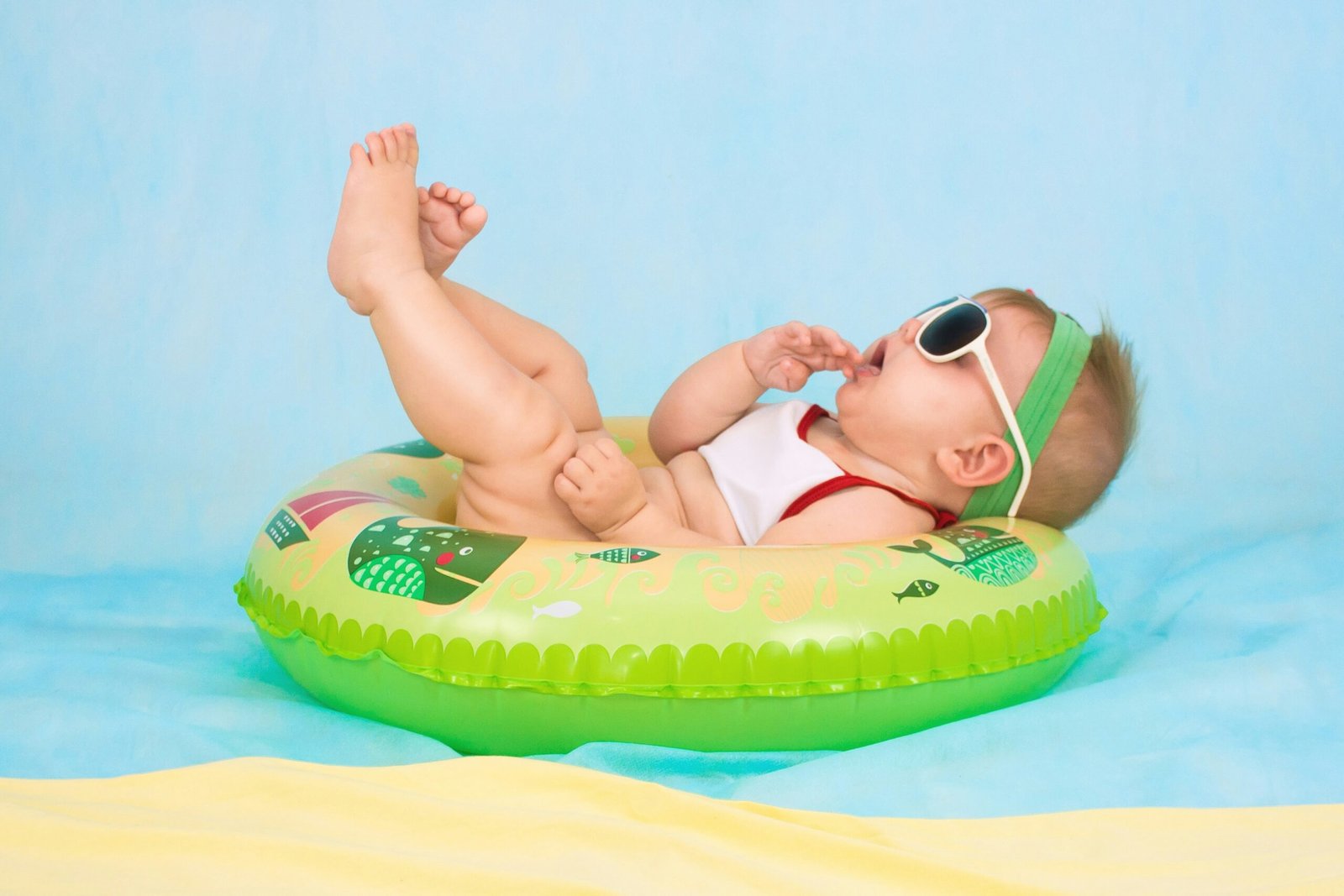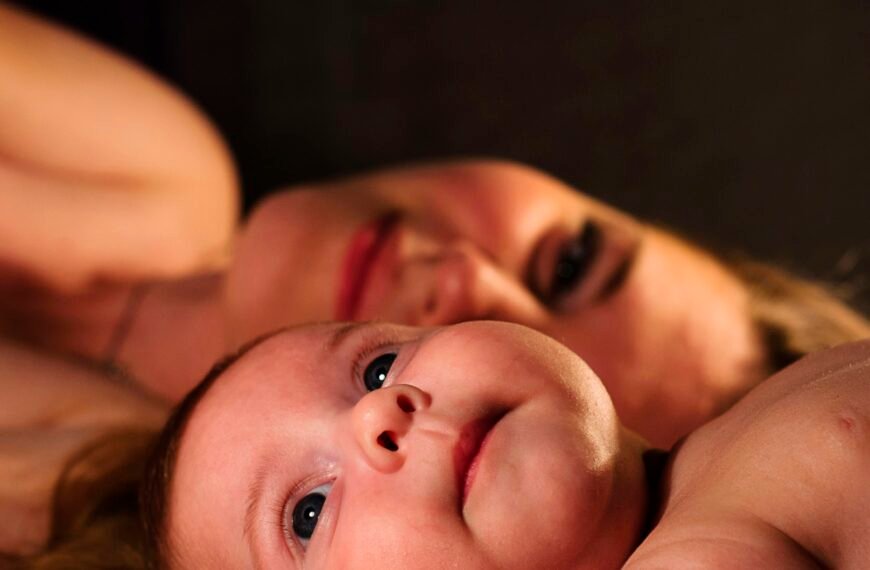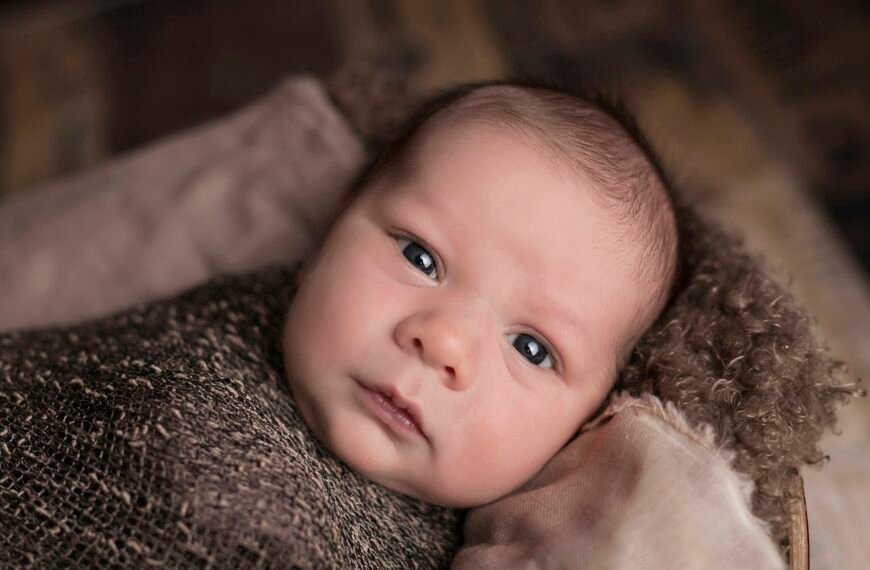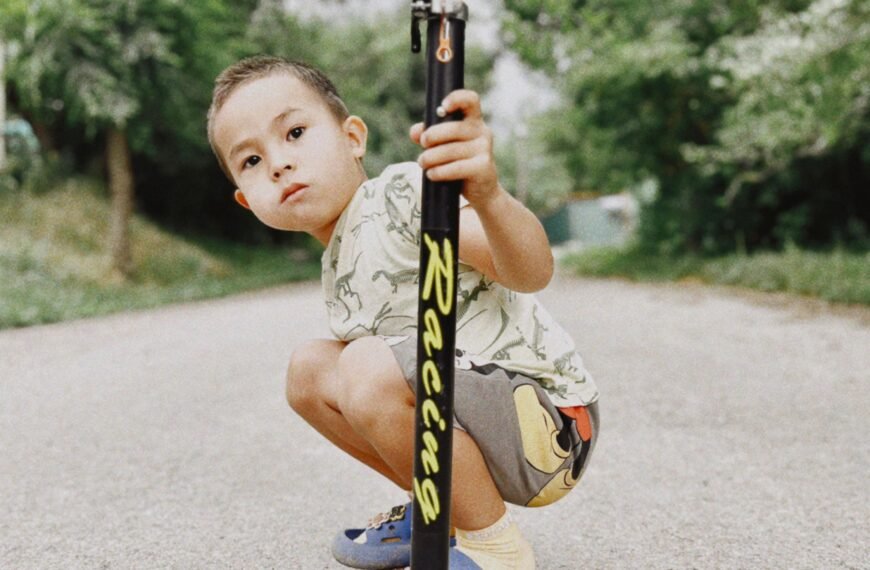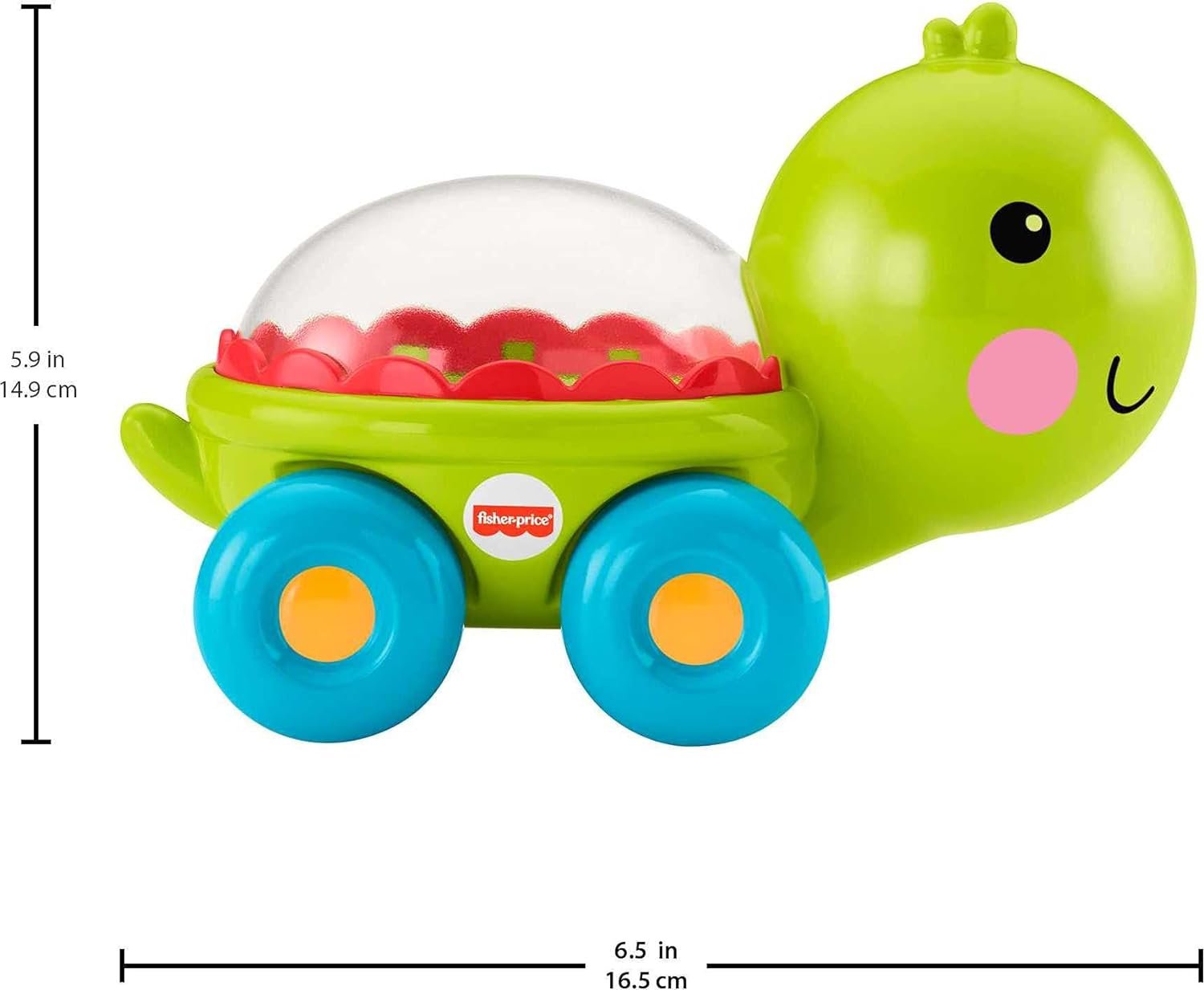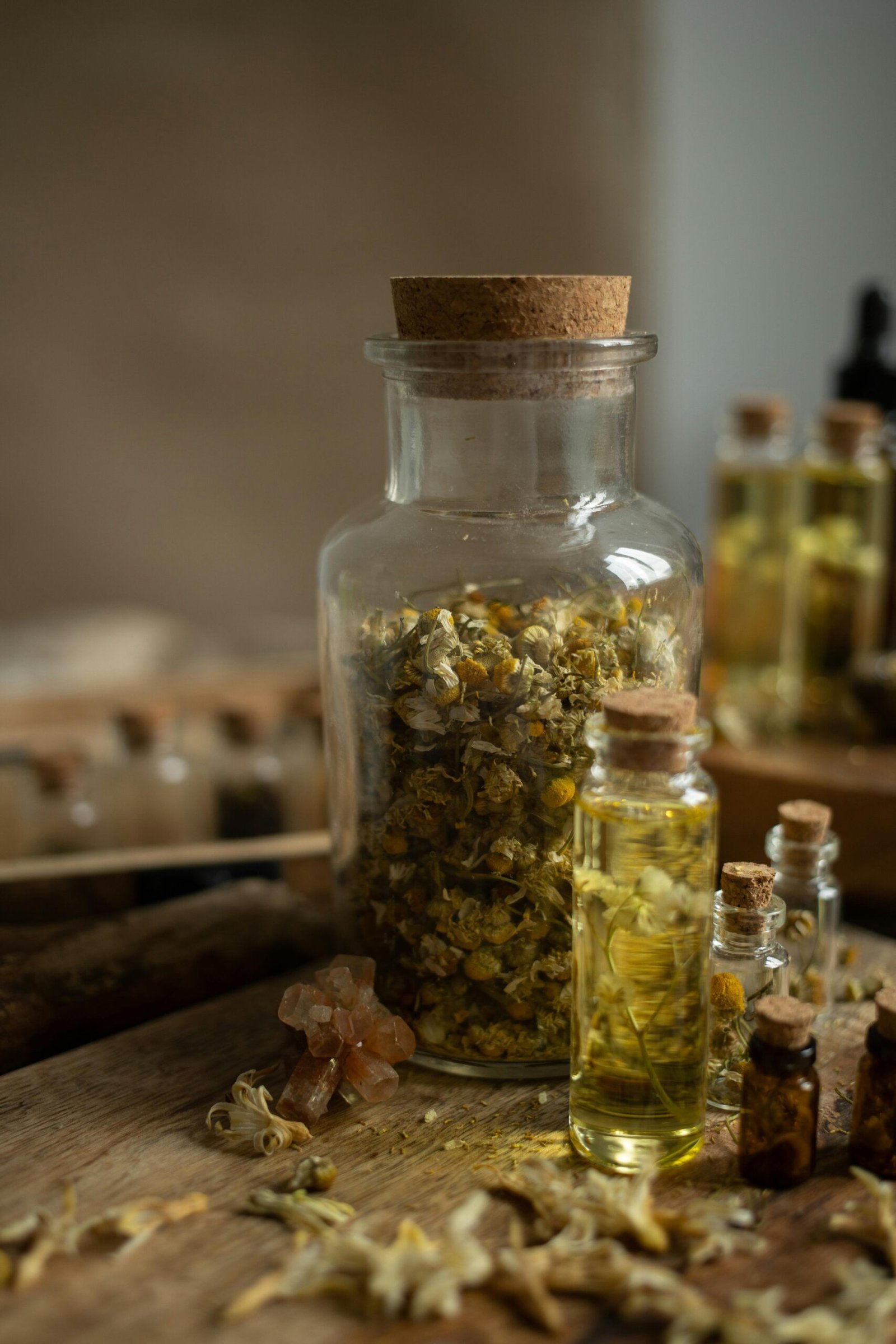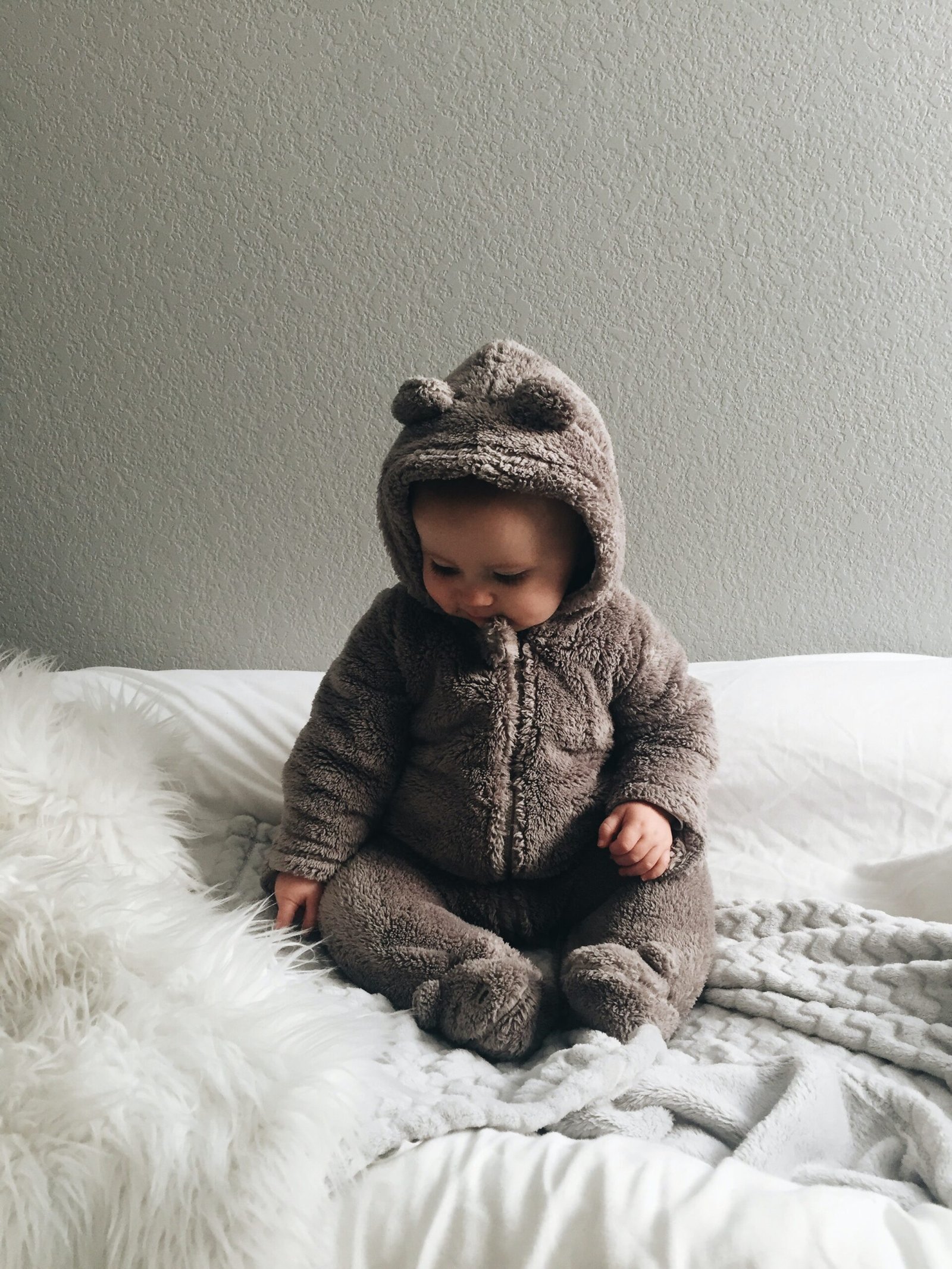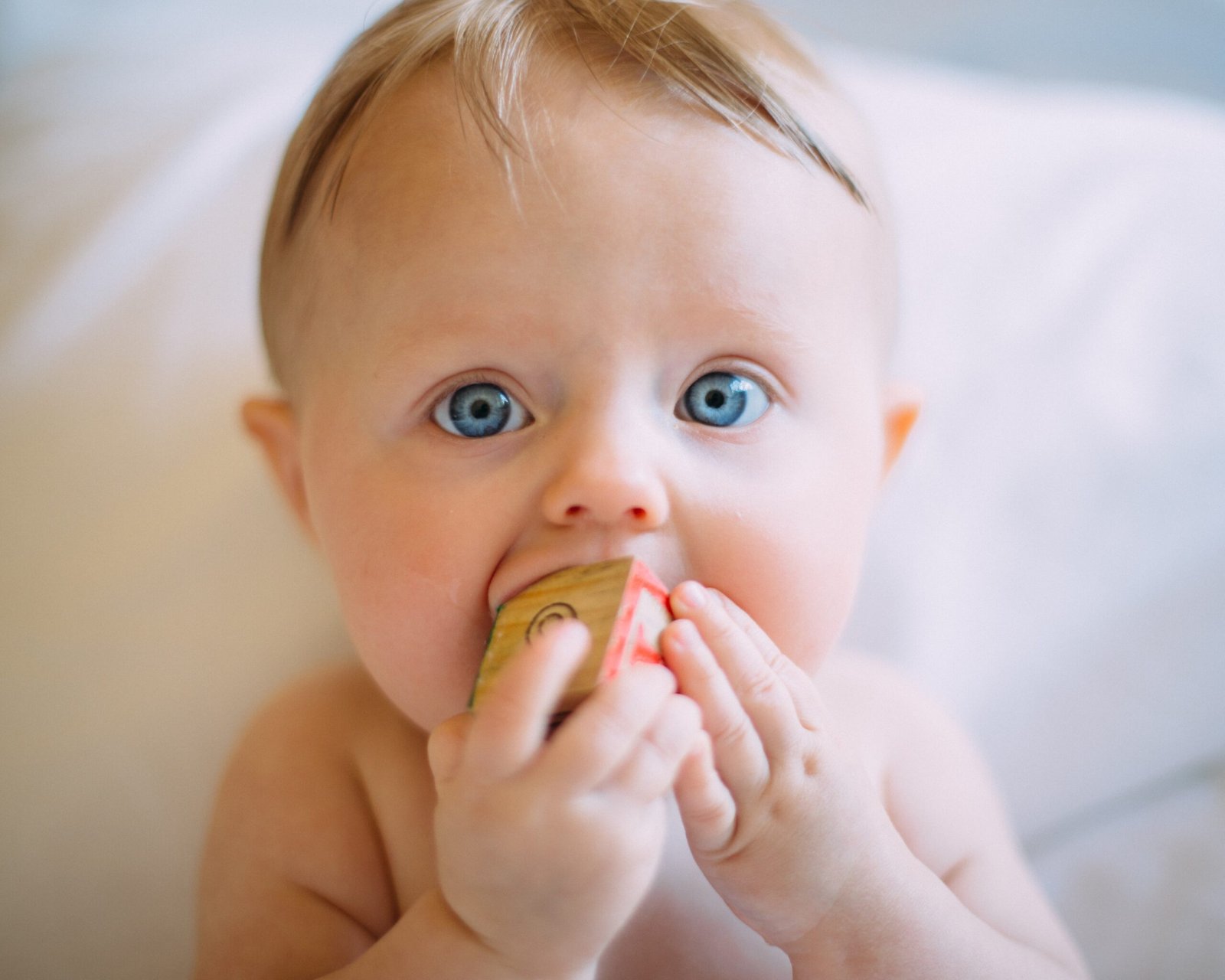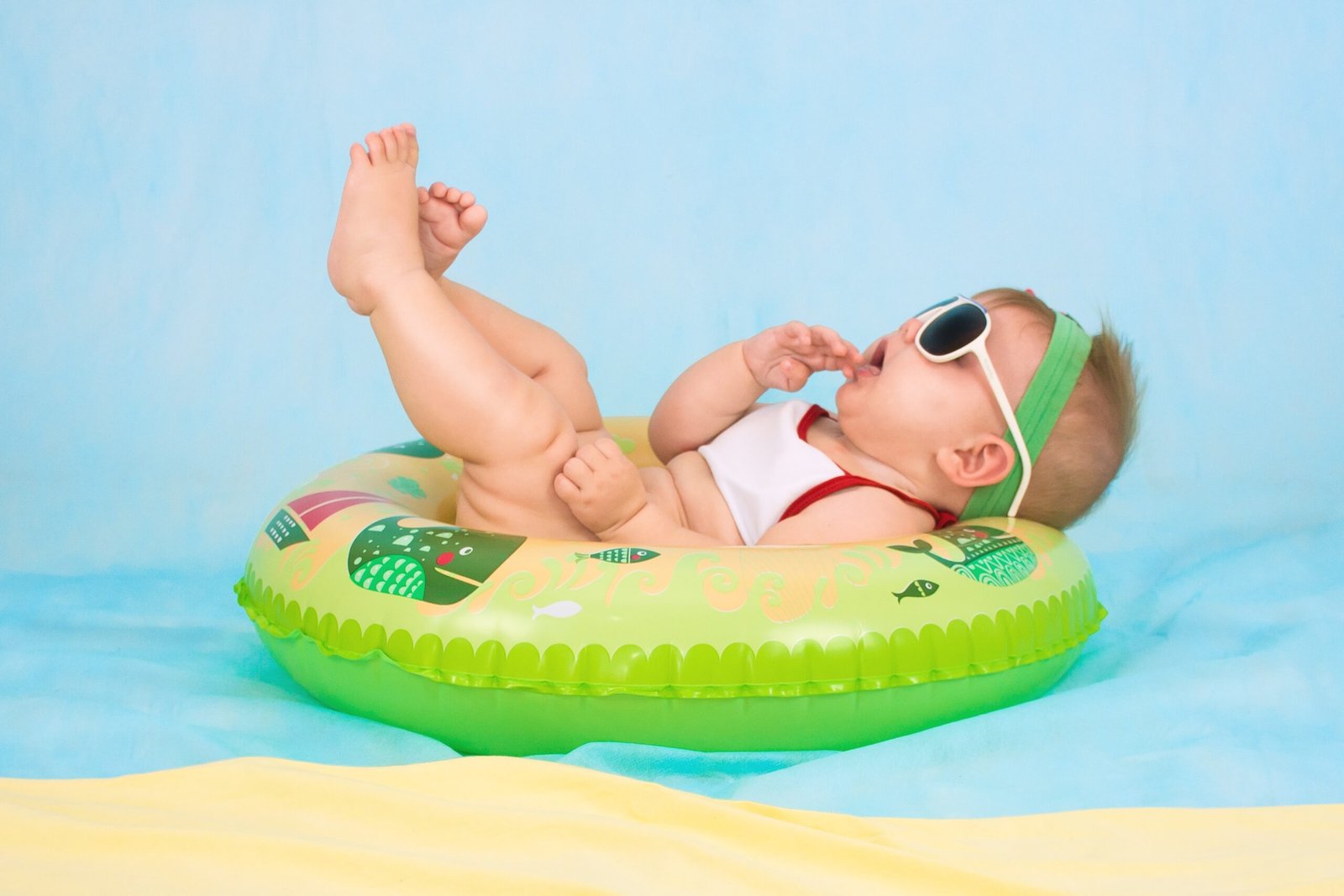Taking care of your baby’s toys is essential to keep them clean and safe. In this article, we will explore effective methods on how to clean toys for your little one. As babies tend to put everything in their mouths, it’s crucial to ensure that their toys are free from dirt, germs, and harmful substances. By following these simple tips and techniques, you can maintain a hygienic environment for your baby to play and explore without any worries.

Check Baby Toys Guide & Review
Gather Necessary Supplies
Before you begin cleaning your baby’s toys, gather all the necessary supplies to make the process smoother and more efficient. You will need warm water, a mild soap or baby-friendly cleanser, a soft cloth or sponge, dish soap or dishwasher, and a sanitizing option such as a vinegar solution or bleach. By preparing these supplies beforehand, you’ll have everything you need at your fingertips as you go through the cleaning process.
Check Manufacturer’s Instructions
To ensure that you clean your baby’s toys correctly and maintain their quality, it’s crucial to read the labels and instructions provided by the toy manufacturer. Each toy may have specific cleaning guidelines or precautions that need to be followed. By following the manufacturer’s instructions, you can ensure that your baby’s toys are cleaned effectively without causing any damage or compromising their safety.
Separate Toys Based on Material
Different types of toys require different cleaning methods due to the materials they are made of. It’s important to separate toys based on their material categories to properly clean and maintain them.
Plastic toys
Plastic toys are often the most common type of toys for babies, and they are typically easy to clean. Before cleaning, inspect them for any loose parts or damage. Then, wash them with warm, soapy water, making sure to remove any dirt or residue. Rinse thoroughly to ensure there is no soap left behind. After washing, you can either air-dry the toys or use a soft cloth to dry them. If necessary, you can disinfect plastic toys by using a vinegar solution or a diluted bleach solution. However, it’s important to follow the manufacturer’s instructions regarding disinfection to ensure the safety of your baby.
Stuffed animals and fabric toys
Stuffed animals and fabric toys often become your baby’s favorite companions, but they can also accumulate dirt and germs. Check the care instructions on the tag of these toys. If they are machine washable, place them in a pillowcase or mesh laundry bag and wash them on a gentle cycle using a mild soap or baby-friendly detergent. After washing, allow them to air dry completely. To maintain their shape, fluff and reshape the toys after they are dry. If the toys are not machine washable, spot clean them using a mild soap and a damp cloth. Always make sure to let them air dry thoroughly before giving them back to your baby.
Wooden toys
Wooden toys have a unique aesthetic and are often durable. However, they require different cleaning methods to prevent damage. Avoid submerging wooden toys in water, as this can cause swelling or warping. Instead, wipe them clean with a damp cloth or sponge and a mild soap solution. Make sure to dry them immediately with a soft cloth. If necessary, you can apply a children’s safe wood conditioner or oil to keep the wooden toys in good condition. Always refer to the manufacturer’s instructions for specific care guidelines for wooden toys.
Bath toys
Bath toys are exposed to water frequently and can be a breeding ground for mold and mildew if not cleaned properly. After each bath, squeeze out any excess water from the bath toys. Wash them with warm, soapy water, making sure to remove any soap residue. Rinse them thoroughly and let them air dry completely before storing them. It’s essential to regularly check for any signs of mold or mildew and replace the toys if necessary to ensure your baby’s safety.
Cleaning Electronic or Battery-Operated Toys
Electronic or battery-operated toys can be a bit trickier to clean, as using excessive water or cleaning agents could damage their delicate parts. Before cleaning, always remove the batteries or ensure that the toy is switched off. Wipe the surface of the toy with a damp cloth and a mild soap solution, being cautious not to let any water seep into the electronic components. Once cleaned, dry the toy immediately with a soft cloth. It’s important to avoid submerging electronic toys in water or using excessive water on the electronic parts. Using cleaning agents that could potentially damage the toy’s electronic components should also be avoided.
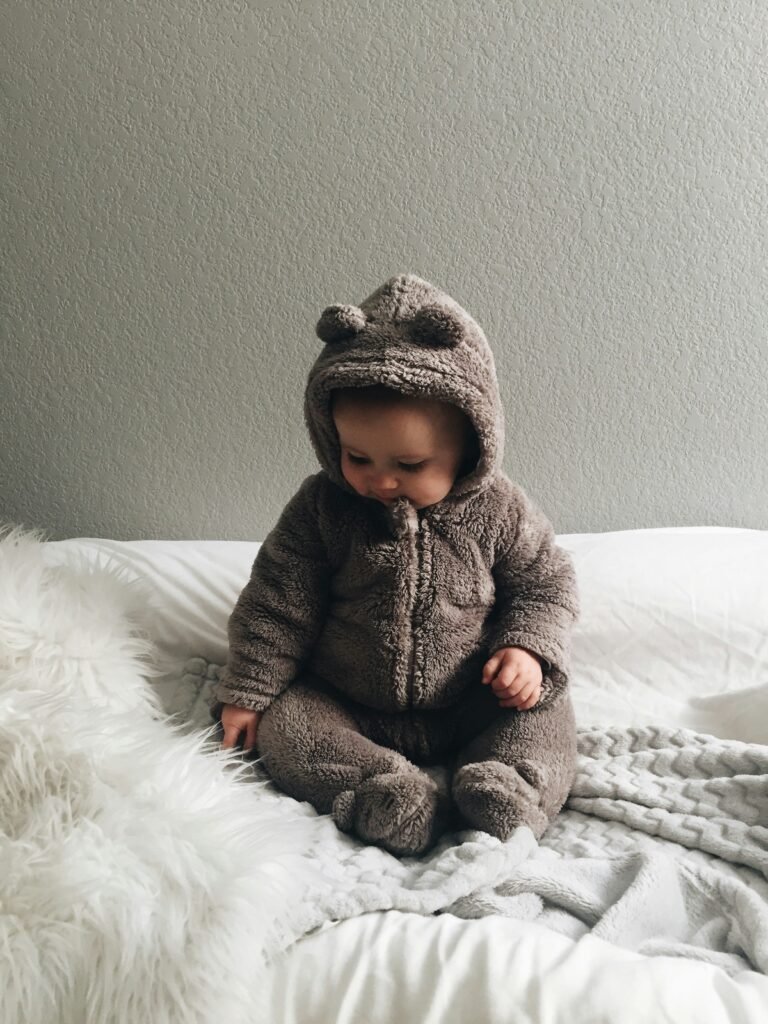
Cleaning Teething Toys
Teething toys provide comfort to babies during the challenging teething phase. It’s crucial to keep these toys clean to prevent the spread of germs and maintain their hygienic condition. The cleaning instructions for teething toys may vary depending on the manufacturer. Generally, most teething toys can be washed with mild soap and warm water. Thoroughly rinse the toys to ensure there is no soap residue left behind. Allow the toy to air dry completely before giving it back to your baby to ensure their safety and hygiene.
Regular Cleaning and Maintenance
Establishing a regular cleaning schedule for your baby’s toys is essential to keep them clean and safe for play. Encourage your children to assist in washing their toys under your supervision, teaching them the importance of cleanliness and responsibility. Regularly inspect the toys for any signs of damage or wear, as broken or unsafe toys can pose a risk to your baby. Dispose of any broken or unsafe toys properly to prevent accidents. By maintaining a routine for cleaning and inspecting toys, you can ensure that your baby’s toys are always in the best condition for safe play.

